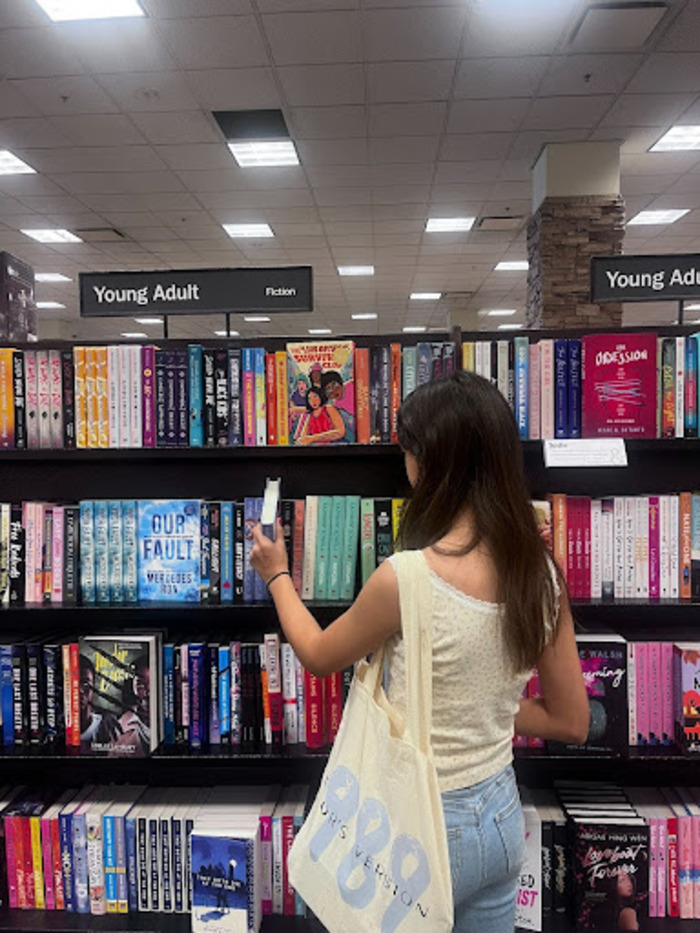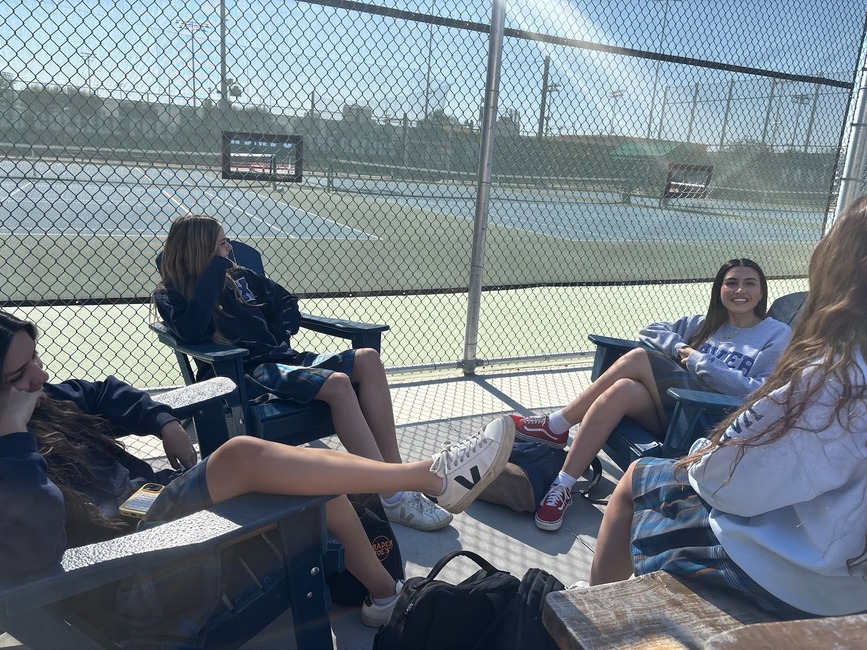When I reminisce on my childhood, I can still picture my parents reading to me. I can still picture them on my small pink bed, their hands dancing against the wall as I point my flashlight. The shadows imitated fairies, mermaids and animals. They brought to life special characters I feel connected with.
One of the first books that affected me was “The Giving Tree” written by Shel Silverstein. This short story is about the evolution of life. The boy asks a tree for basic needs: apples for money, branches for a home, and the trunk for a boat. Eventually, at the end of the story, the tree has nothing left to give except a stump to sit on and a quiet place to rest.
This was one of the first books that taught me about not taking people for granted in life. The tree is a metaphor for people in life who provide and protect. As I grew older, I realized that my mother and father are my very own “giving trees.” They have watched me grow, love and learn.
I’m grateful that my parents read to me at a young age. Because of this, my love for reading grew and helped me develop the skills to apply in the English classroom or if I want to enjoy a good book. According to the Child Mind Institute, a non-profit dedicated to the importance of children’s mental health, “Reading to your child starting at a young age, even before they’re able to communicate verbally, helps lay the neurological groundwork for effective language use and literacy.”
Elizabeth Galbreath, English teacher says, “I enjoy reading to my children. It helped me form a connection with them from a very young age. Even now that they are all grown up, we read and talk to each other about our favorite books.”
Galbreath’s favorite series is “The Lord of the Rings” by J.J R. Tolkien, and “The Chronicles of Narnia” by C.S Lewis that she also read with her children when they were little. “The Lord of the Rings” is an epic fantasy that follows a group of heroes to destroy the One Ring, an artifact that has the ability to corrupt anyone who wears it, created by the Dark Lord Sauron. “The Chronicles of Narnia” is a book series set in a fictional realm of Narnia, a fantasy world with mythical beasts and talking animals, where children Lucy, Susan, Edmund and Peter fight against the forces of evil while also traveling between worlds.
When Galbreath graduated college she decided to pursue medieval literature. She explains that’s why she gravitates toward these books. She loves the contrasts of the afterlife represented in “The Chronicles of Narnia” series and “The Lord of the Rings” series.
In “The Lord of the Rings,” Gandalf, a wizard and part of the Fellowship of the Ring, is conversing with Peregrin Took or “Pippin.” He says “No, the journey doesn’t end here. Death is just another path, one that we all must take. The grey rain-curtain of this world rolls back, and all turns silver glass, and then you see it.”
In “The Last Battle,” the final book of the Narnia series, Aslan, the Lion, is leading Lucy, Peter, Susan and Edmund to Heaven. The children do not believe they have reached heaven and are disappointed to be back in England. Aslan tells them, “Your father and mother and all of you are–as you used to call it in the Shadow-Lands—dead. The term is over: the holiday has begun. The dream has ended: this is morning.”
“Wonder,” is a coming of age novel about August “Auggie” Pullman and his journey attending middle school. Auggie is diagnosed with Treacher Collins Syndrome, a genetic disorder affecting the jaw, chin, ears and cheekbones. Because of his disorder, he has had trouble experiencing what he calls “normal kids things” and has been homeschooled his entire life. When he attends middle school for the first time, he learns about friendships, self-esteem, and why he and everyone around him is such a “wonder.”
The book is told from multiple points of view. The reader gets to see all the different sides of the characters. Olivia “Via” Pullman, Auggie’s older sister, was the character I felt connected to the most. As she recalls in the book, she never needed help with homework, school projects or making her lunch. As I re-read the book when I was a little older, I learned she was mature and raised herself. This is one of the reasons I feel connected to her.
As an eldest daughter, there are many sacrifices you make for the better of your family. Oftentimes, you know they can’t handle one more thing. You know that your family can’t take one more thing. It’s better to submerge feelings and not ask for help because it’s hard. Via was one of the first characters for me who was an authentic version of a daughter who needed love and affection.
“The Hunger Games” transformed the early years of 2010s. This trilogy is about Katniss Everdeen and Peeta Mallark and their experience in the games. The Hunger Games has been a series of games that have been happening for 74 years due to the districts rebelling against the capital. However, when Katniss and Peeta enter these games they change it by declaring no winner. As a result, this starts an on-going war that lasts through the books. In the end, Katniss and Peeta defeat the games and come out victorious.
Delaney Buckel ‘25, says, “One of my favorite quotes in the trilogy is, ‘If we burn you, burn with us.’ It shows us many parallels to society.”
This powerful quote was screamend by Katniss Everdean to President Snow and all the viewers in the Capitol. If someone who is in power is faced with destruction or defeat, the reign will come to an end and everyone else will fall with them because they do not have anywhere else to look.
Another book I would say that has truly changed many lives is “Little Women” by Louisa May Alcott. I understand that “changed many lives ” is a phrase a bit exaggerated but this book really taught many to accept themselves as young women.
“Little Women” is about the life of four sisters, Meg, Jo, Beth and Amy March. The book follows the sisters through love, loss, acceptance, sacrifice and sisterhood. They all decide to take different paths, and Alcott weaves their stories together to provide a portrait of womanhood in the early 19th century.
One of the reasons I feel strongly connected to this book is because it is a representation of my own life. Being the eldest of three daughters, one of the most rewarding parts is watching my three younger sisters grow. From holding them in my arms, to first steps, first dances, and seeing them walk down the 8th grade graduation aisle, I know what it means to be Meg March.
My sisters and I are all walking on different paths, and like the March sisters we find a way to meet in the middle. Like Marmee, Mrs. March, says, “When you feel discontented, think over your blessings, and be grateful.”
Denise Macrina, dean of students and English department chair, says, “Ophelia is one of the most admirable characters in Hamlet. She stands up for what she believes, even though she gets knocked down.”
Alberto Manguel, Argentinian-Canadian novelist, said it best, “Maybe this is why we read, and why in moments of darkness we return to books: to find words for what we already know.”
For all the inspiring characters, magical realms and powerful themes in these books, I and others would not be the same without them. To all the books that have affected our lives and shaped us into the people we are, thank you for everything.









